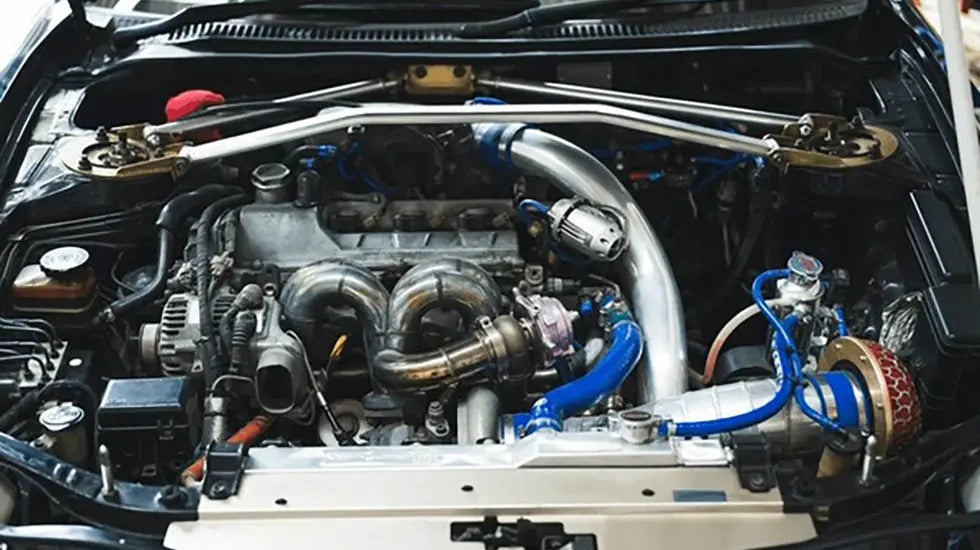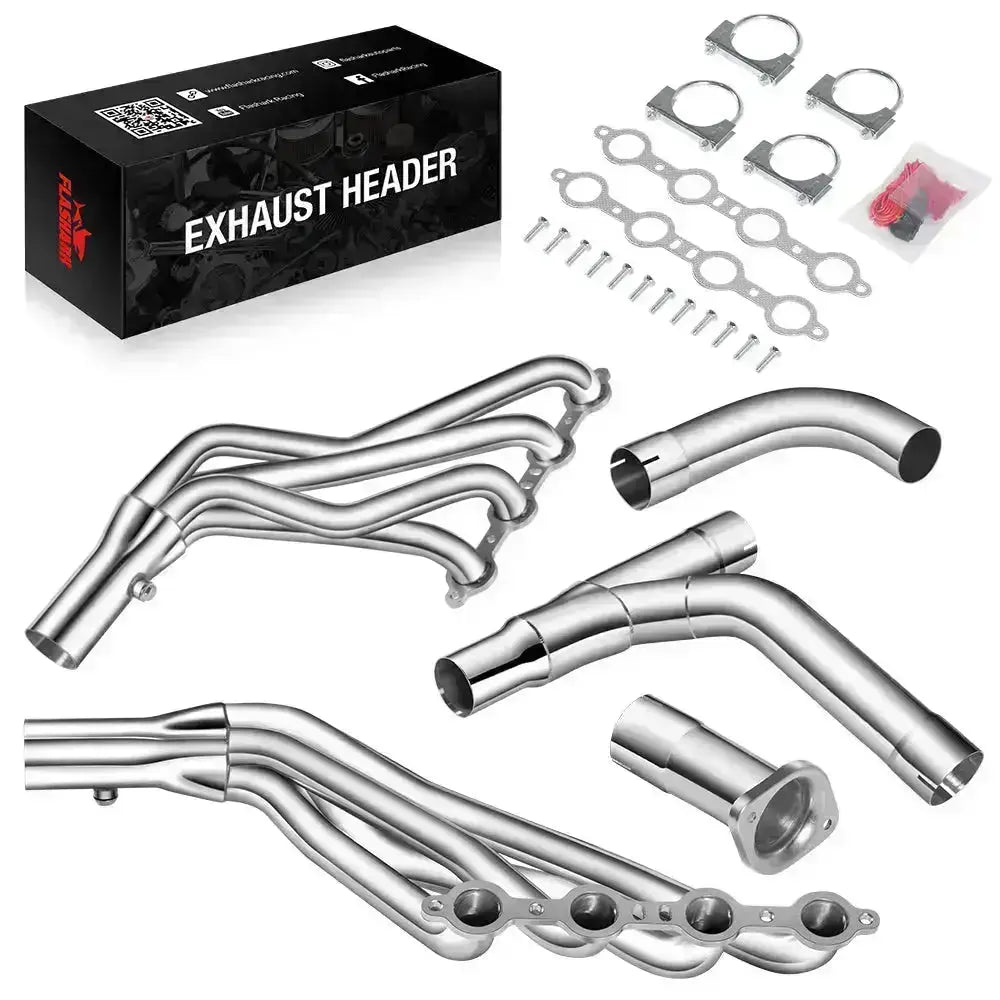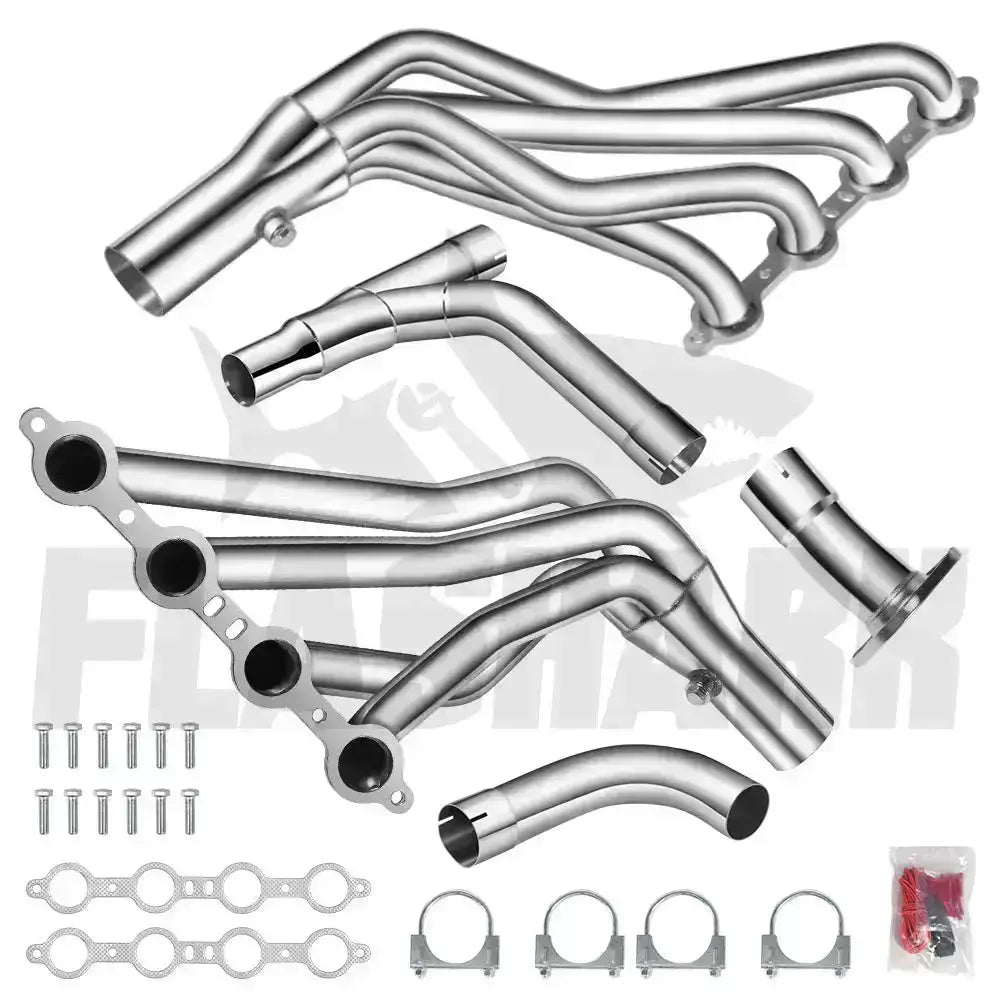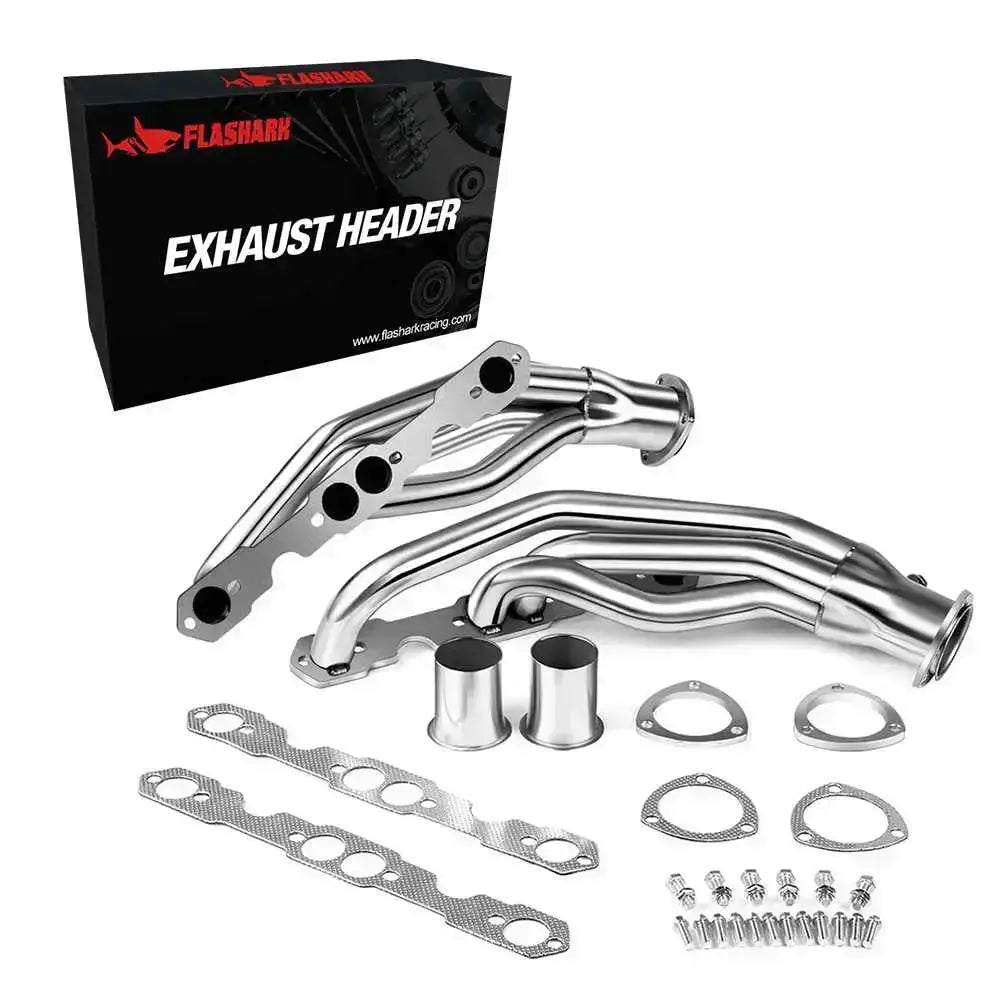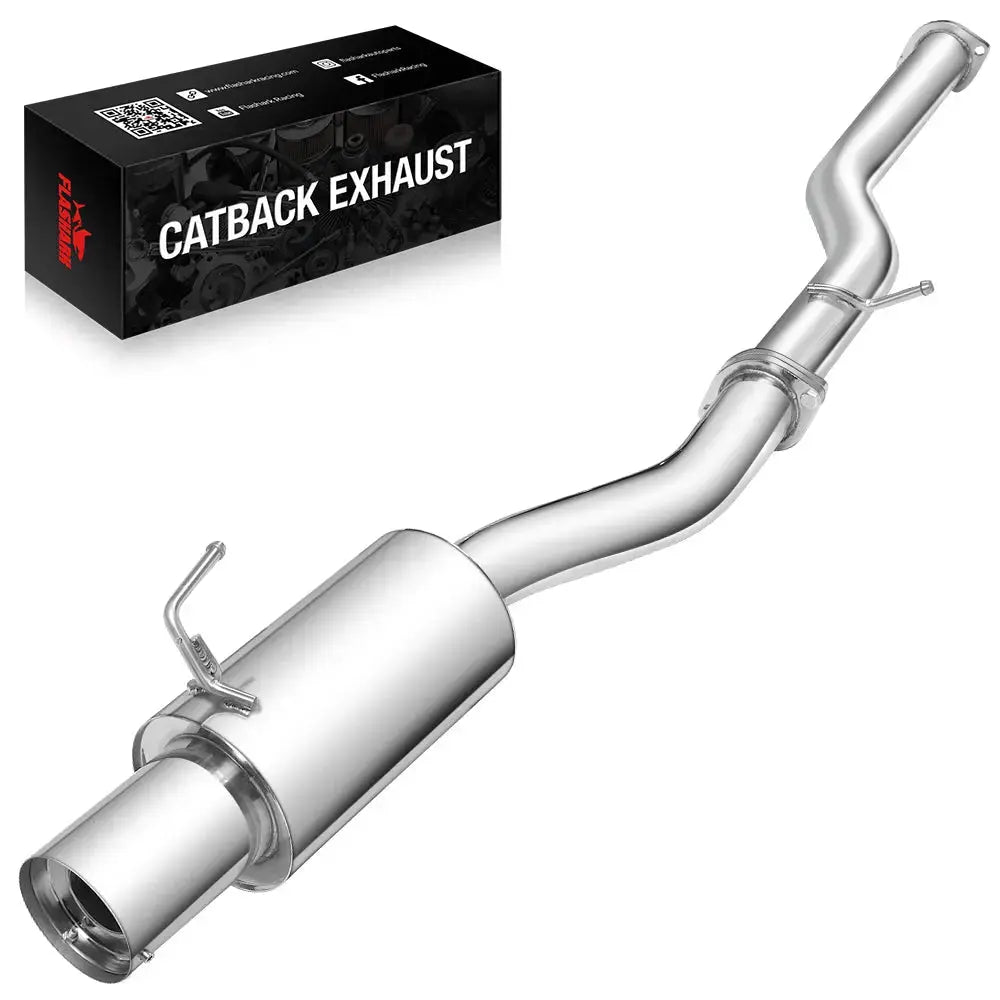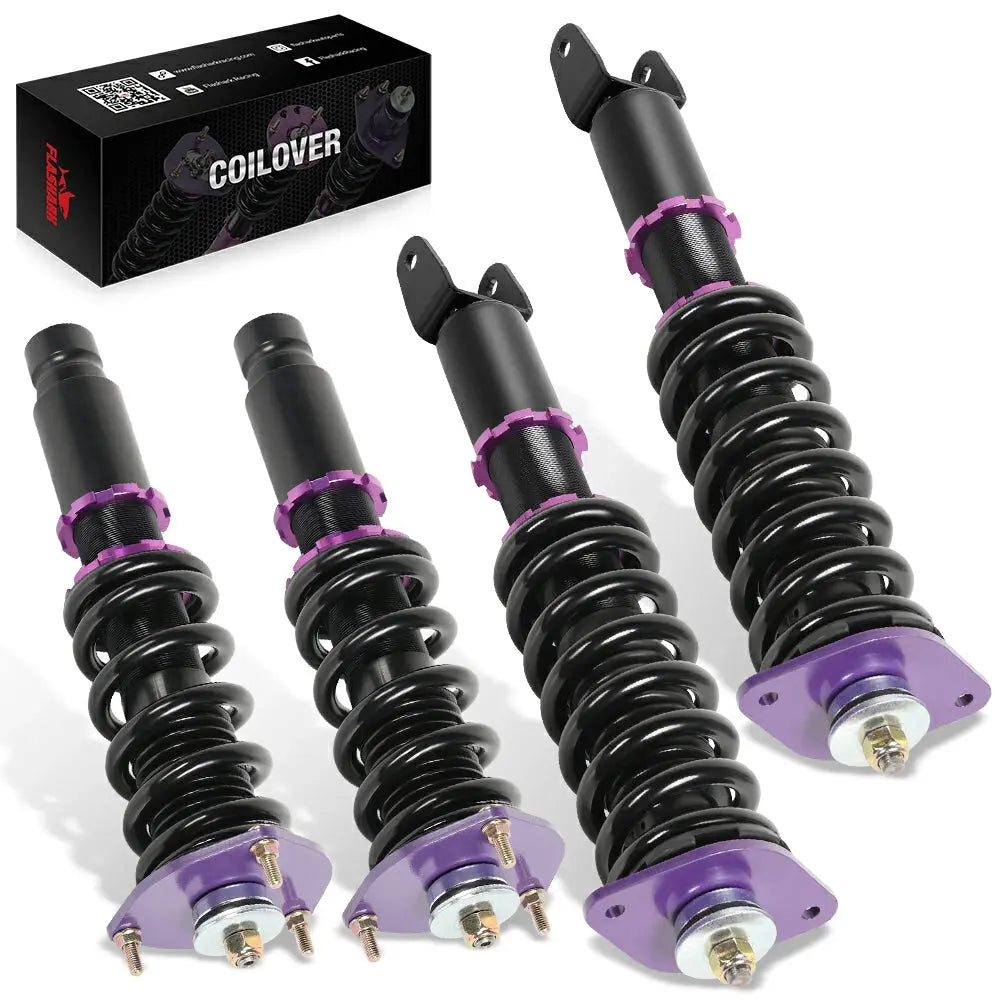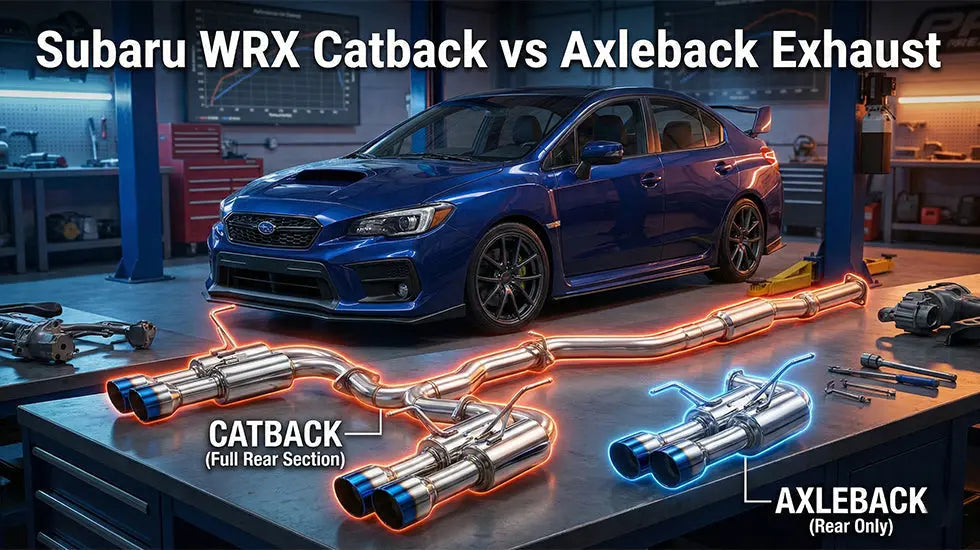Exhaust headers are parts of a vehicle's exhaust system that perform a significant role. Their main objective is to gather gas fumes from the engine's cylinder while directing it into the exhaust manifold. Moreover, their plan can fundamentally affect a vehicle's performance, particularly thinking of them concerning power, force, and sound. Many ask: do exhaust headers increase horsepower, and if so, how much horsepower does exhaust headers add?
Indeed, the inquiry is frequently debated among vehicle fans and performance experts. This article will discuss the science behind these exhaust headers and investigate whether they increase horsepower. Ride on with us.
Understanding Exhaust Headers and Their Function
Exhaust headers are aftermarket replacements for factory exhaust manifolds. While stock manifolds prioritize cost and emissions, headers are built for performance.

They optimize the exhaust flow coming out of the engine. Each cylinder gets its own pipe, helping exhaust gases escape more efficiently. This lowers backpressure and improves combustion.
The result? Better engine breathing, stronger performance, and more horsepower—especially at higher RPMs.
How Much Horsepower Does Exhaust Headers Add?
Most drivers want numbers, not just theory. So, how much horsepower does exhaust headers add?

On average:
-
Shorty headers can add 5 to 10 horsepower
-
Long-tube headers can boost output by 15 to 30+ horsepower
-
With supporting mods (intake, tune, full exhaust), gains can exceed 40 horsepower
These numbers come from dyno-tested results on popular platforms like the Chevy LS series, Ford Coyote engines, and performance V8s (CarCraft, 2017; MotorTrend, 2019).
Of course, the exact gain depends on engine size, tuning, and header design. But even on stock engines, headers consistently deliver measurable improvements.
Why Do Exhaust Headers Increase Horsepower?
The main reason headers work is simple: they reduce restrictions.
Factory manifolds often force multiple cylinders to share short, uneven paths. This leads to backpressure, which makes it harder for exhaust gases to escape. The engine must work against this pressure, which robs power.
Headers solve this by providing equal-length pipes that merge smoothly into a collector. For instance, RAM 1500 headers are designed to optimize airflow and reduce backpressure, improving engine performance by encouraging scavenging and better combustion.

This efficiency translates into noticeable horsepower gains and improved throttle response.
Factors That Affect Header Performance
Not all headers are built the same. The power increase you’ll see depends on several important factors:
Header Type
There are two main types:
-
Shorty headers: Easier to install, better for low-end torque, but limited gains
-
Long-tube headers: Provide superior flow, especially at mid-to-high RPMs
Long-tube headers are generally the better choice if you want maximum horsepower.
Primary Tube Length and Diameter
Longer tubes promote higher-end power. Shorter tubes favor low-end torque.
Tube diameter also matters — larger diameters help with flow but can hurt low-speed torque if oversized.
Collector Design
A well-designed collector improves exhaust velocity and supports the scavenging effect. Designs like the Tri-Y or merge collector are popular in performance builds.
Material and Coatings
Headers are commonly made from stainless steel, mild steel, or ceramic-coated materials. Stainless steel offers durability and heat resistance. Ceramic coatings retain heat inside the pipe, boosting gas velocity.
According to SAE research on thermal exhaust performance (SAE Technical Paper 2006-01-0665), ceramic-coated headers improve flow efficiency by maintaining higher exhaust gas temperatures, which increases velocity.
Additional Benefits of Exhaust Headers
Power isn’t the only perk. Headers offer multiple performance advantages:
-
Improved throttle response: The engine revs faster and more freely
-
Enhanced sound: Expect a deeper, more aggressive exhaust tone
-
Better fuel efficiency (in some cases): Improved combustion can reduce wasted fuel
-
Reduced engine heat soak: Especially with coated or stainless headers
These benefits enhance the driving experience, even if raw horsepower isn't your only goal.
Are Headers Worth It for Your Build?
If you’re aiming for real-world horsepower gains, headers are a proven solution. They’re especially valuable on naturally aspirated engines, where every improvement in airflow makes a noticeable difference.
However, some trade-offs exist:
-
Installation can be complex, particularly for long-tube headers
-
Emissions compliance may be an issue in some regions
-
Cost varies, depending on brand, material, and vehicle compatibility
It’s smart to match your header choice with your performance goals, vehicle use, and local laws.
Conclusion: A Proven Path to More Power
So, do exhaust headers increase horsepower?
Yes — by improving exhaust flow and reducing restrictions, they unlock extra power from your engine.
And how much horsepower does exhaust headers add?
In most cases, expect 10 to 30 horsepower, with the potential for more when paired with other upgrades.
If you want a reliable way to boost engine performance, exhaust headers are a smart investment. Just be sure to choose the right type, install them correctly, and match them to your build for the best results.

